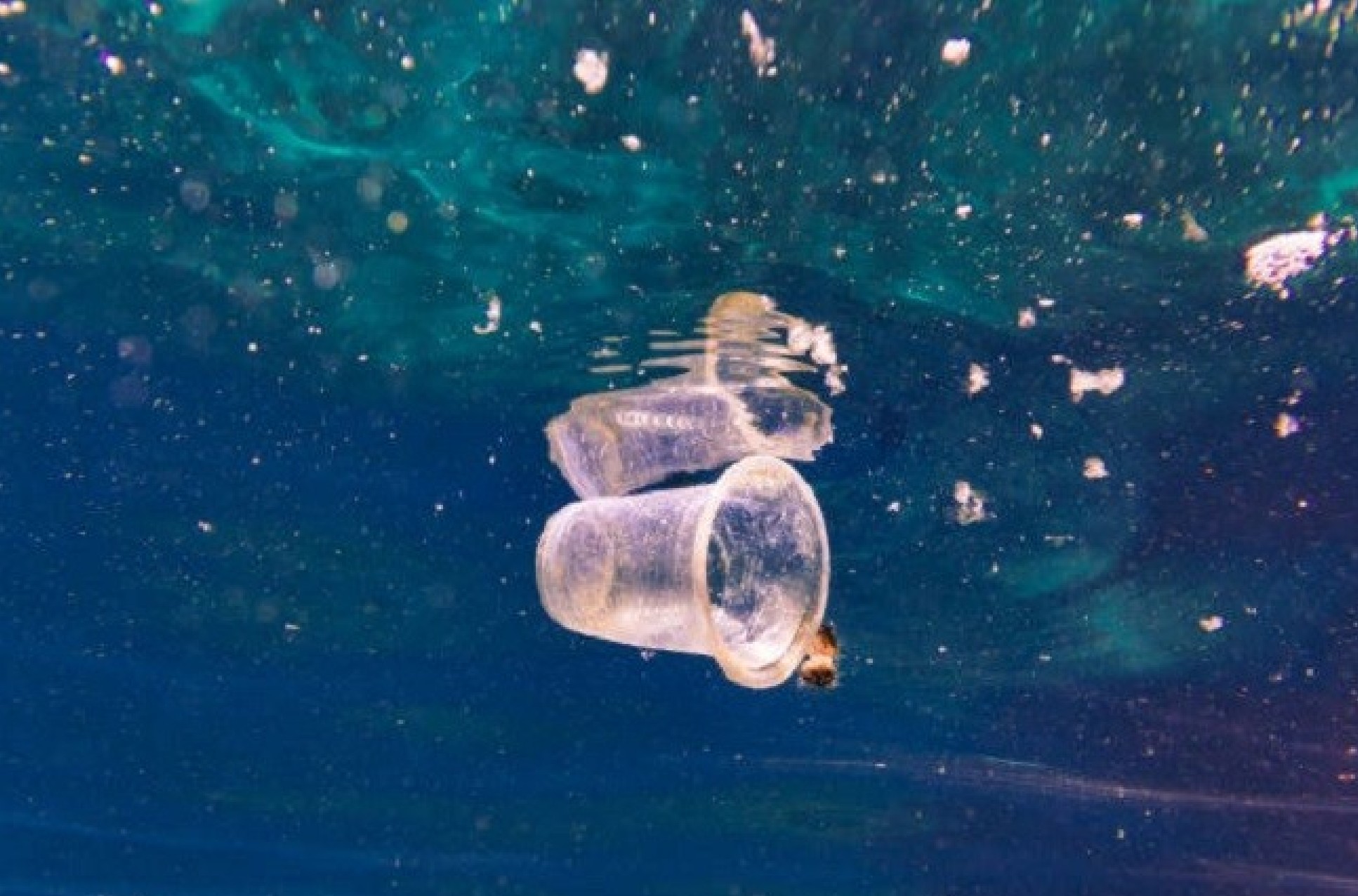 Microplastics (MP) are ubiquitous environmental contaminants. Whilst traditionally recognised as a marine issue, evidence is growing to reveal a network of complex environmental MP pathways, resulting in the contamination of water, food, air and dust and ultimately, human exposure via ingestion and/or inhalation. From a health perspective, the important particles are those that are bioavailable and likely to be involved in triggering downstream adverse effects in secondary tissues. Microplastic exposure and human health Human exposure to MPs/NPs is highly probable but there is a limited evidence base and rising concern amongst both the public and policymakers regarding their impacts.
Microplastics (MP) are ubiquitous environmental contaminants. Whilst traditionally recognised as a marine issue, evidence is growing to reveal a network of complex environmental MP pathways, resulting in the contamination of water, food, air and dust and ultimately, human exposure via ingestion and/or inhalation. From a health perspective, the important particles are those that are bioavailable and likely to be involved in triggering downstream adverse effects in secondary tissues. Microplastic exposure and human health Human exposure to MPs/NPs is highly probable but there is a limited evidence base and rising concern amongst both the public and policymakers regarding their impacts.
Whilst environmental monitoring and modelling lead to estimates of population exposure, it does not indicate internal exposure and therefore biological dose. Inferences can be made from historical studies performed using animal model systems, which support the plausibility for MPs/NPs to translocate across living cells, with decreasing particle size increasing the likelihood of uptake. Once in the body, MPs/NPs could follow particle distribution patterns and reach the lymphatic and/or circulatory systems, potentially accumulating in secondary organs, including liver, kidney, spleen, heart, and brain. However, the evidence base is lacking.
This work will advance knowledge by investigating microplastic bioavailability and accumulation in humans. It aims to link levels of microplastic in tissue with pathological state. This will indicate the potential role of microplastic in disease, including the disease type and elevate research beyond observational analyses of microplastic in tissue.
Project 1. Development and application of an analytical method to detect microplastic particles in human tissue and potential links to adverse pathologies.
Aim: Detect, characterise and quantify microplastics in human tissue inked to particle-related pathologies.
Project 2. A human intervention study to detect and assess the bioavailability of microplastics from single-use plastic food contact materials. To investigate the potential bioavailability of MPs/NPs from single-use plastic food contact materials (packaging), we propose a novel intervention study supported by a state-of-the-art quantitative targeted analysis using pyrolysis-GCxGC ToFMS and semi-quantitative cutting-edge SEM-Raman.
Aim: Detect, characterise and quantify microplastics in blood following exposure via single-use packaging.
Social media
Keep up to date by following us on our social channels
Twitter: ERGImperial | YouTube: Environmental Research Group


